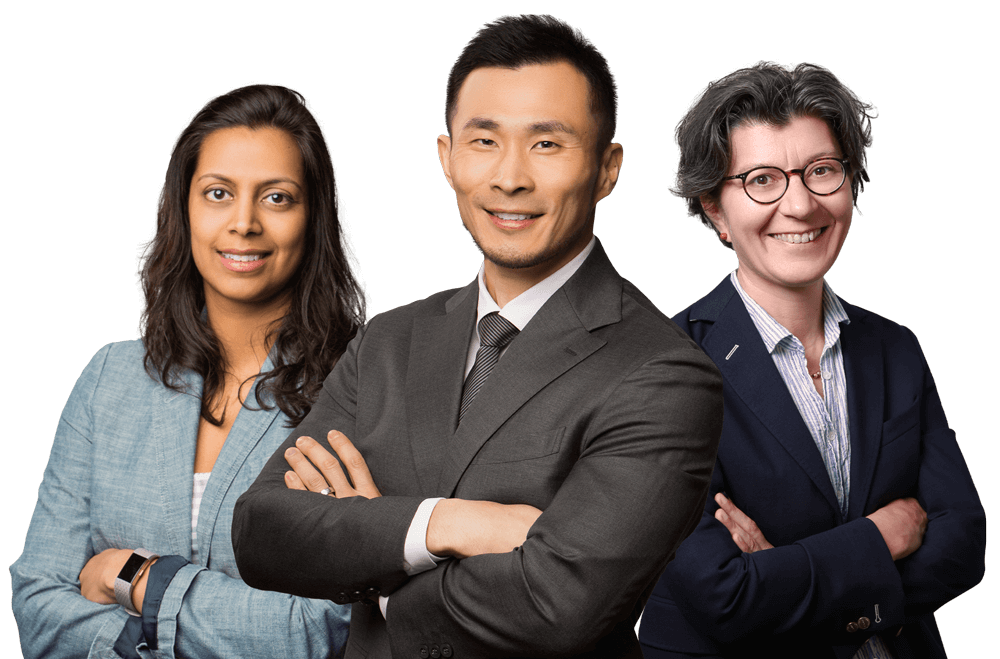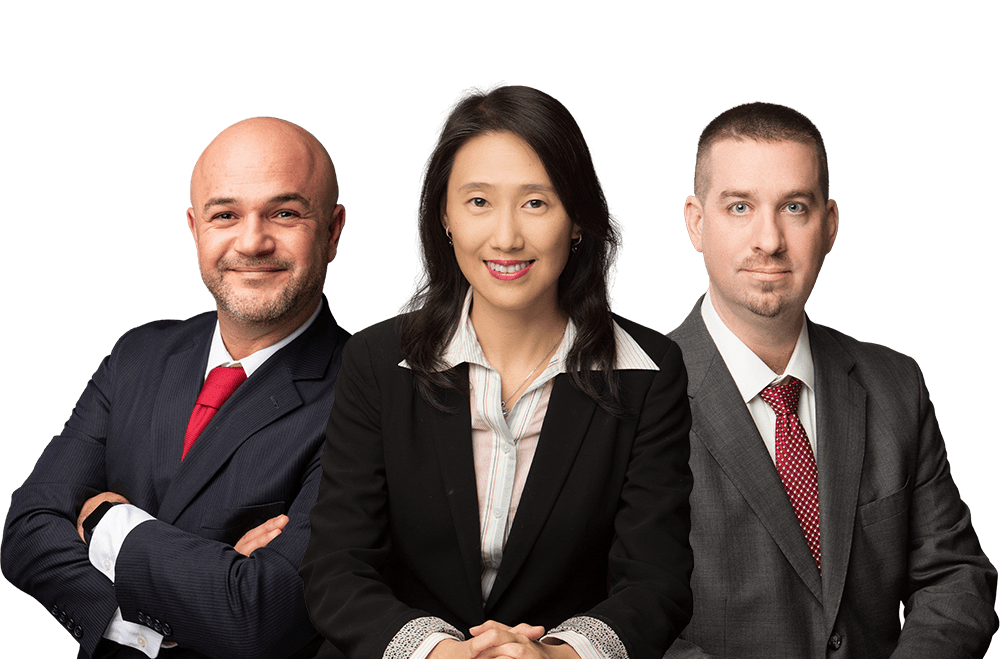Changes in the Guidelines for Examination
The European Patent Office (EPO) has recently published the annual update of its Guidelines of Examination (hereinafter “EPO update”), which will come into force on November 1st, 2018. In particular, the EPO update includes changes to unity of invention requirements and the patentability of mathematical methods.
Changes to Unity of invention Requirements:
Under the European Patent Convention (EPC), a European patent application must relate to one invention only or fall under an enumerated exception. For example, multiple inventions may be claimed in an application if the inventions relate to a group of inventions which must be so linked as to form a “single general inventive concept.” See Art. 82 (EPC). In regard to this exception, the requirement of unity of invention shall be fulfilled only when there is a technical relationship among those inventions involving one or more of the same or corresponding special technical features. This condition, given in Rule 44 EPC, is sufficient and necessary for complying with Art 82 (EPC). As Rule 44 EPC states, the expression “special technical features” shall mean those features which define a contribution which each of the claimed inventions considered as a whole makes over the prior art.
In this context, the European Patent Office issued a section-update (F-V, 2.) further defining what is meant by “special”, “same” and “corresponding” under the exception. Under the EPO update, the term “special” is defined to include novel and inventive features; the term “same” is defined to include features that are identical or define an identical chemical structure; and the term “corresponding” defines features that achieve the same technical effect.
Accordingly, a new two-step test is provided in the EPO update that assesses whether a set of claims satisfies the unity of invention requirement. The two-step test is as follows:
- Identify the subject-matter that is common to the different claimed inventions, whether the claimed inventions are contained in separate claims or as alternatives within a single claim, such as in the case of a Markush grouping (new EPC sub-section 2.2.2.2); and
- Examine if this common subject-matter contains special technical features, e., technical features which are novel and inventive over the prior art.
The clarification provided in this EPO update may result in Examiners finding fewer disparate inventions in European patent applications. Accordingly, this could reduce the number of additional search fees faced by applicants when objections under Art. 82 (EPC) are raised.
Changes to Computer-Implemented Mathematical Methods with respect to Artificial Intelligence and Machine Learning, Simulation, Design, and Modeling:
The EPO update has re-written section G-II, 3.3 (EPC), such that the discussion on the technical contribution of mathematical methods is brought to a different level. Irrespective of the fact that a mathematical method can be superior to prior art methods, a mathematical method must serve a specific technical purpose in order to avoid exclusion from patentability by Art. 52(2)(a) (EPC) and Art. 52(3) (EPC).
With a wide range of examples, the EPO update provides patent applicants with greater precision about the definition of “technical purpose.” In particular, the examples illustrate that the “technical purpose” cannot be a generic purpose, e.g., “controlling a technical system,” but must instead be directed at a specific utility. Thus, the claim has to be functionally limited to this specific technical purpose, either explicitly or implicitly, which can be done by establishing a sufficient link between the technical purpose and the mathematical method steps. By sufficient link it is meant a causality relationship between a formula in a method and a technical effect.
To illustrate this guidance, a particular formula may be included in a computer-implemented method of designing an optical system. The formula may determine technical parameters, such as refractive indices and magnification factors, using given input conditions. These technical parameters may then provide an optimal optical performance, and thus make a technical contribution. In contrast, where the computer-aided determination of the technical parameters depends on decisions to be performed by a human user and the technical considerations for taking such decisions are not specified in the claim, a technical effect of improved design cannot be acknowledged. This is the case, because the technical effect would not be causally linked to the claim features.




